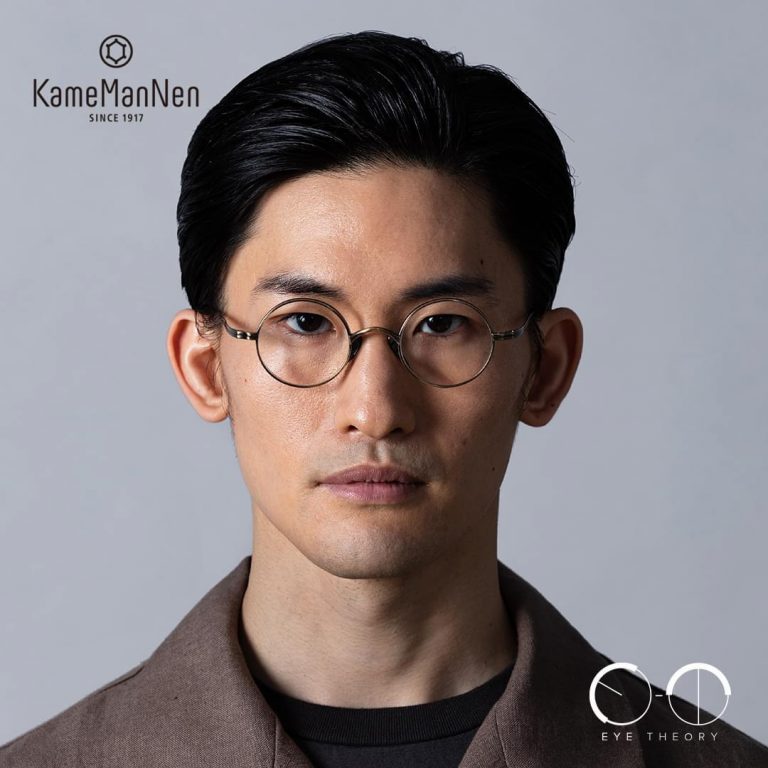
The Representation of “Handmade in Japan”
The Japanese eyewear tradition was born more than a century ago in Sabae, Fukui, Japan. There, you will be able to find a rich heritage of eyewear craftsmanship within the scenic city. Modern-day craftsmen in Sabae inherit the knowledge and skills passed on to them by their predecessors, and it is no understatement to say that they are unparalleled in their craft.
‘Handmade in Japan’ is a testament to the high-quality products made from only the best material and the dedication of Japanese craftsmen who spend a lifetime refining their craft. Japanese craftsmen are artists who relentlessly aim for perfection in every single pair of glasses that they produce. When it comes to making the perfect frame, they spare no effort.
Each eyewear frame is produced in no less than 80 separate production steps, over a span of months. From specialised buffing, soldering, polishing and millimetre precise assembly, each frame reaches completion at the skilled hands of craftsmen who maintain an attention to detail and dedication to creating the best quality spectacle. Underpinning the detailed work process of each eyewear is the venerable spirit and dedication of the Japanese makers to the ancient craft.
We can attempt to have a deeper understanding of the unfazed spirit that drives this unique craftsmanship, starting with these two values, namely, “技(Waza) ” and “究める(kiwameru)”.
技 (“Waza”) is defined as “skills”, “techniques”, and “craftsmanship” in Japanese. Waza holds special significance in Japan where people who possess “Waza” are highly respected in society. Titles of ‘Living National Treasures of Japan’ are bestowed upon outstanding craftsmen there.
究める (“Kiwameru”) on the other hand is defined as “to master something”, “to do something thoroughly” and means that there is no end to the journey toward mastery. Japanese craftspeople dedicate themselves to polishing their skills until they are satisfied with the quality of the products they are making, moving from mastery of the techniques and skills to complete knowledge and understanding of the product. This journey to Kiwameru is often a lifelong one.
When asked ‘What does Handmade in Japan mean and symbolize to you?’
Gestalten who is the author of Handmade in Japan: The Pursuit of Perfection in Traditional Crafts said:
“They are all absolute masters at their craft, and yet they are all humble and hardworking – chasing after an elusive perfection they have yet to grasp. To me, this represents one of the best parts of being human – always trying to be better.”
References
- Gestalten. (2020, Aug). The Zestful Art of Japanese Craft. gestalten. https://gestalten.com/blogs/journal/the-zestful-art-of-traditional-japanese-craft
For more information, kindly contact us here.



